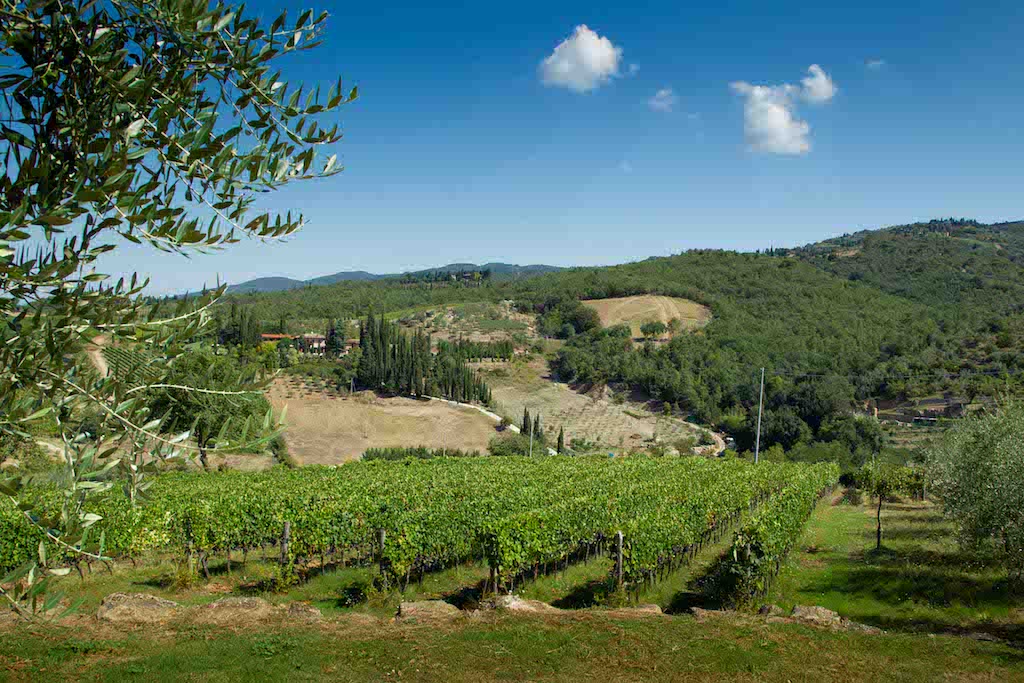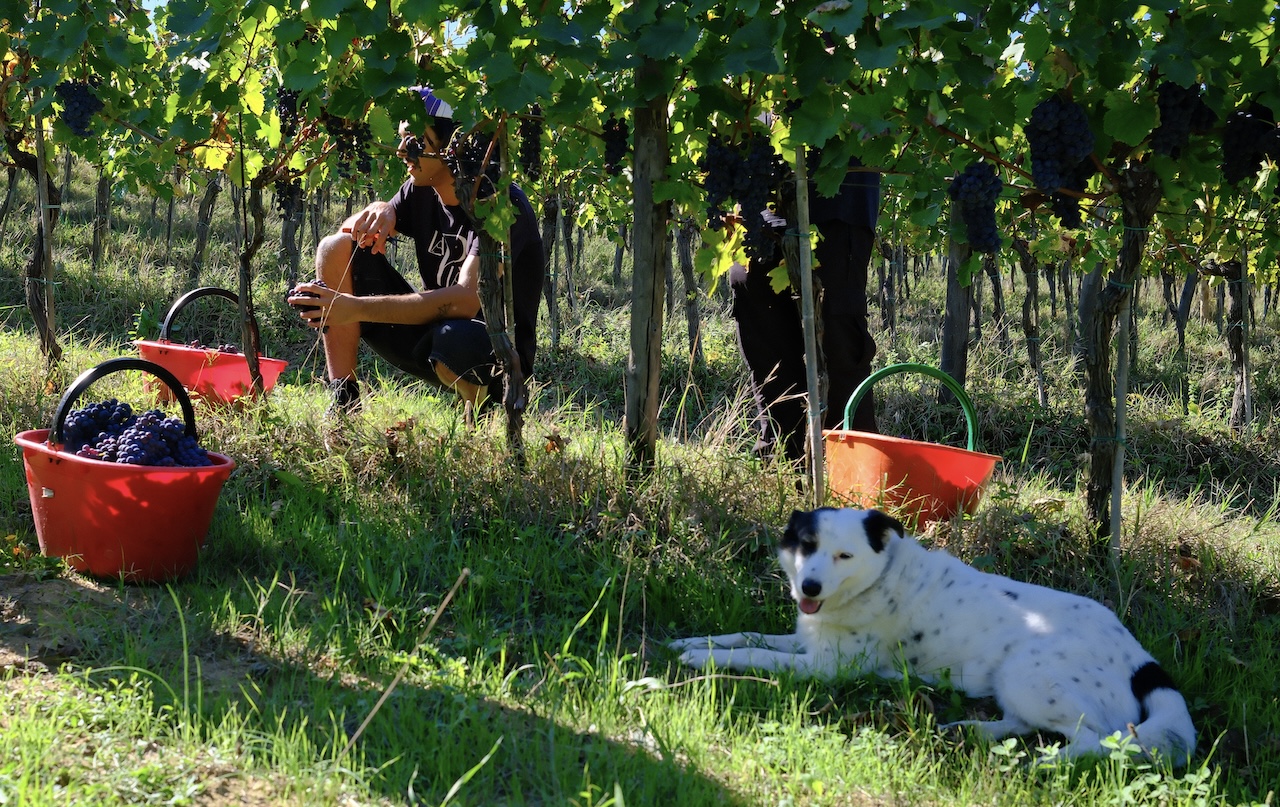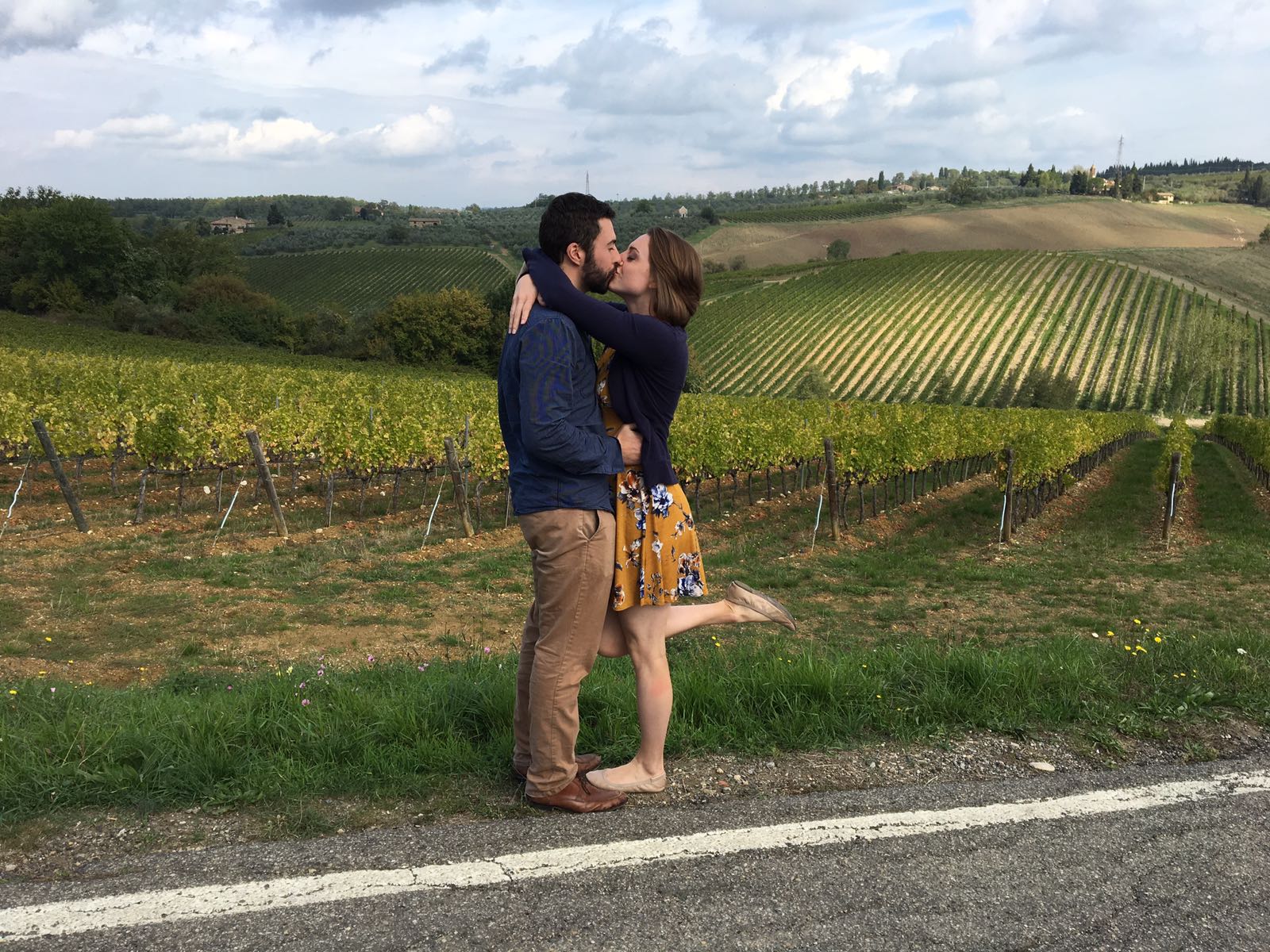Wine Tours in Tuscany - About Angie - +39 3333185705 - angie.chianti@gmail.com
Table of Contents
Experience the Richness of Experience the Richness of Tuscan Wine Country
Tuscany is not just a region—it’s an invitation to live the Italian way: rich in history, draped in golden light, and steeped in tradition. Its rolling hills, ancient farmhouses, and medieval hilltops are not just scenic—they’re alive with centuries of winemaking. When travelers ask questions like “What is the best wine area in Tuscany?” or “Which town is the wine capital of Tuscany?”, they’re seeking an experience that awakens all their senses. Tuscany doesn’t merely fulfill this—it elevates it.
In exploring the best wine towns in Tuscany, you won’t just sip wine—you’ll discover families who raise vines as generational legacies, artisanal cellars carved into stone, and plates of food that bring out every note in a wine. Whether you’re a sommelier or a curious wine traveler, Tuscany offers a journey beyond words and into the heart of a cultural landscape shaped by grape and grape’s story.
Chianti: Tuscany’s Wine Capital
Imagine rolling hills quilted in green vineyards and olive groves, cypress trees bowing to the wind, and hilltop villages offering vineyard views like living paintings. This is Chianti, Tuscany’s most celebrated wine region and its informal wine capital.
Greve in Chianti is the welcoming gateway—its triangular piazza filled with wine shops, cozy osterie, and lively weekend tastings. Head to the Wine Museum or discover boutique estates in neighboring hamlets. Radda climbs higher into the hills, where cooler nights lend elegance and freshness to Sangiovese, and family-run wineries offer hospitality as rich as their barrels. In Castellina, you’ll find centuries-old Etruscan relics and stone-paved lanes lined with enotecas perfect for a sunset glass. Gaiole, with its cluster of medieval castles, invites exploration—whether by foot, bike, or memorable wine tasting around every corner.
The wines themselves reflect these landscapes. Traditional Chianti Classico—made primarily from Sangiovese—is food-friendly, bright, and true to its terroir. Meanwhile, innovative winemakers increasingly blend in international varietals like Cabernet Sauvignon to create more refined, cellar-worthy bottles. It’s no surprise that Chianti draws comparisons to “the best wine area in Tuscany”, offering a range that satisfies both classic wine lovers and modern explorers alike.
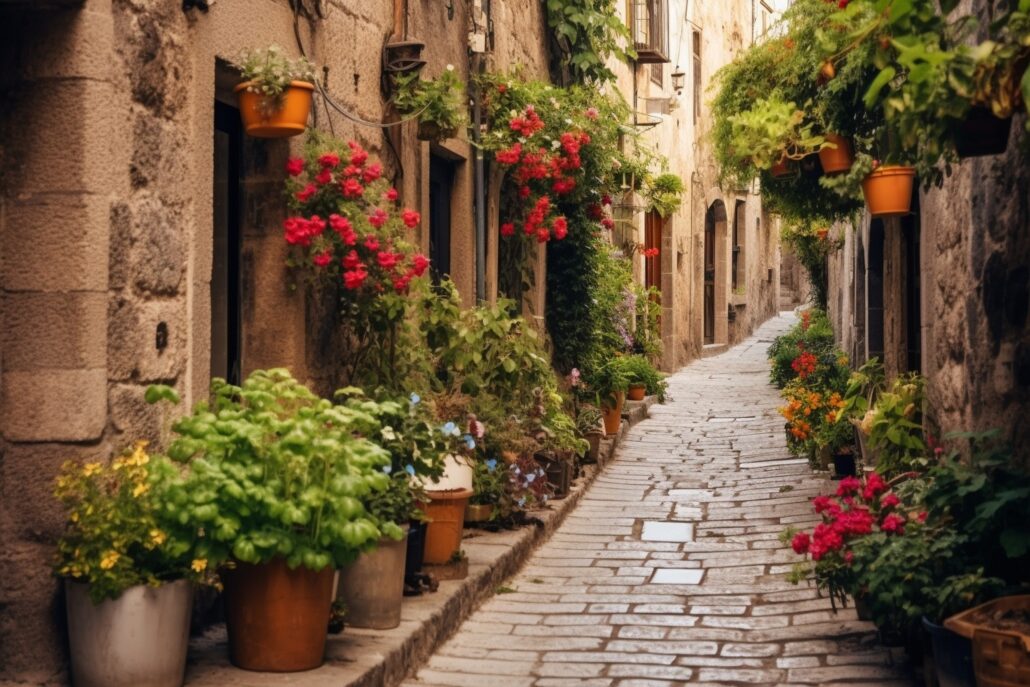
Montalcino: The Kingdom of Brunello
South of Siena, you’ll find Montalcino, a hilltop fortress town revered for its legendary wine: Brunello di Montalcino. Stand within its stone walls and you’ll feel the pull of history—Biondi-Santi, Castello Banfi, and Poggio Antico have helped turn this region into the benchmark for age-worthy Italian wine.
In Montalcino, Sangiovese achieves its most profound form. Brunello is crafted from a rare, local clone (Sangiovese Grosso), aged at least five years with two in oak—creating wines of depth, structure, and slow-burning elegance. Each sip reveals layers of wild cherry, leather, tobacco, and sometimes even forest floor. Dramatic as the wines are, Montalcino’s charm isn’t. Wander cobbled alleys, embrace sunset views across the Val d’Orcia, and join cellar tours that often include vertical tastings—where they show you wines from 1990, 2000, and today.
The beauty lies not just in the vineyard, but in how Brunello brings together landscape, winemaking craft, and deep-rooted pride. It is truly one of Tuscany’s most scenic and sophisticated wine destinations.
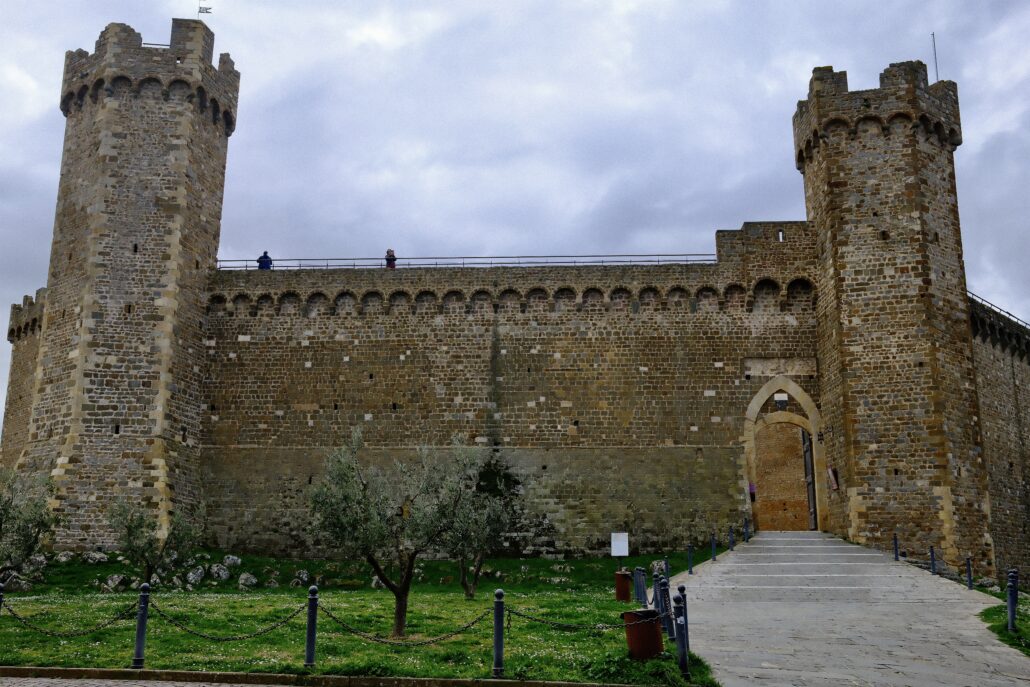
Montepulciano: A Blend of Art, Architecture, and Vino Nobile
Just a short drive east lies Montepulciano, a jewel perched on limestone cliffs producing Vino Nobile di Montepulciano, a wine known for its grace and elegance. Stroll through its Renaissance heart, where palaces and churches stand testament to artistic legacies, and venture underground to discover centuries-old cellars hewn from volcanic tuff.
The wine here, chiefly made from Prugnolo Gentile (a local Sangiovese clone), is medium-bodied but richly nuanced. Expect flavors of plum, violet, and earth, underscored by soft tannins. Local wineries like Contucci and Avignonesi deliver immersive tastings—some even offer artisanal pairings with pecorino and charcuterie, right next to barrels.
Montepulciano is art-filled and adventurous—the perfect balance of culture and cuisine. Here, wine isn’t just poured; it’s performed, savored, and woven into the very bones of the town.
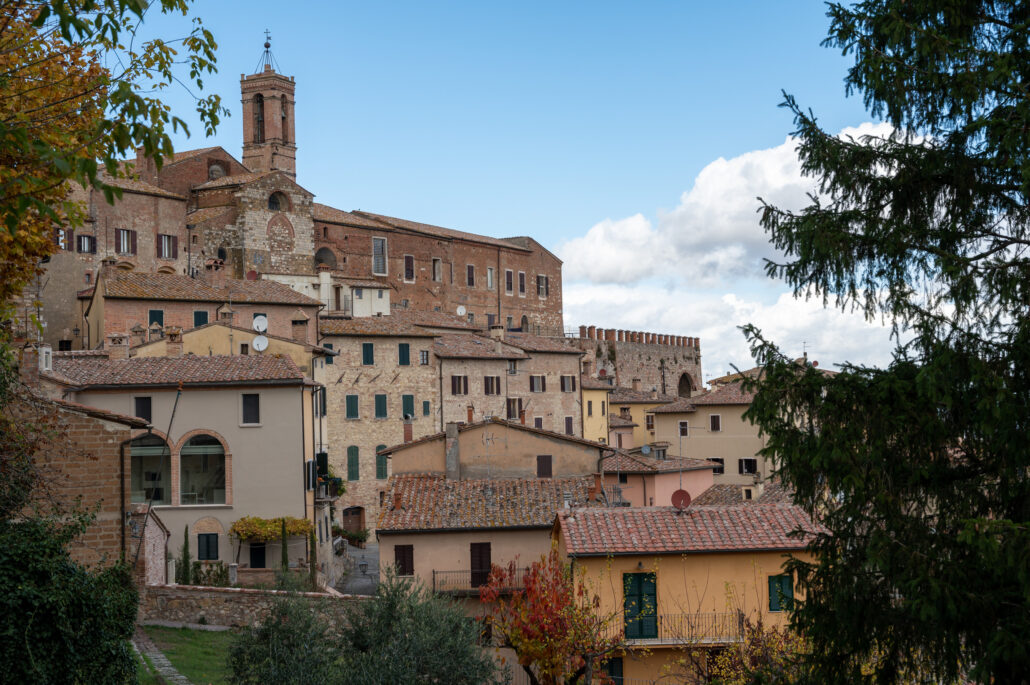
Bolgheri: Coastal Elegance and Super Tuscans
Travel west, and the landscape changes: pines rustle along sun-baked roads, and a row of cypress trees—Viale dei Cipressi—guides you to the small, elegant village of Bolgheri, home of the original Super Tuscan. Here, vintners broke free from tradition by planting Cabernet, Merlot, and Syrah—wines like Sassicaia, Ornellaia, and Guado al Tasso that redefined Italian wine.
Bolgheri’s charm is in its understated elegance. Wineries boast modern architecture, ocean breezes, and vineyards that stretch to the horizon. Tastings here are intentional, often led by owners or winemakers, and paired with farm-to-table seafood dishes. A stroll through olive groves followed by sunset sips is a perfect way to soak in the area’s high-end, coastal spirit.
From the dramatic vines to architectural tasting rooms, Bolgheri offers a complete wine-world departure—from tradition, but rooted in terroir. One taste and it’s clear this is a must-visit for lovers of bold, refined wine.
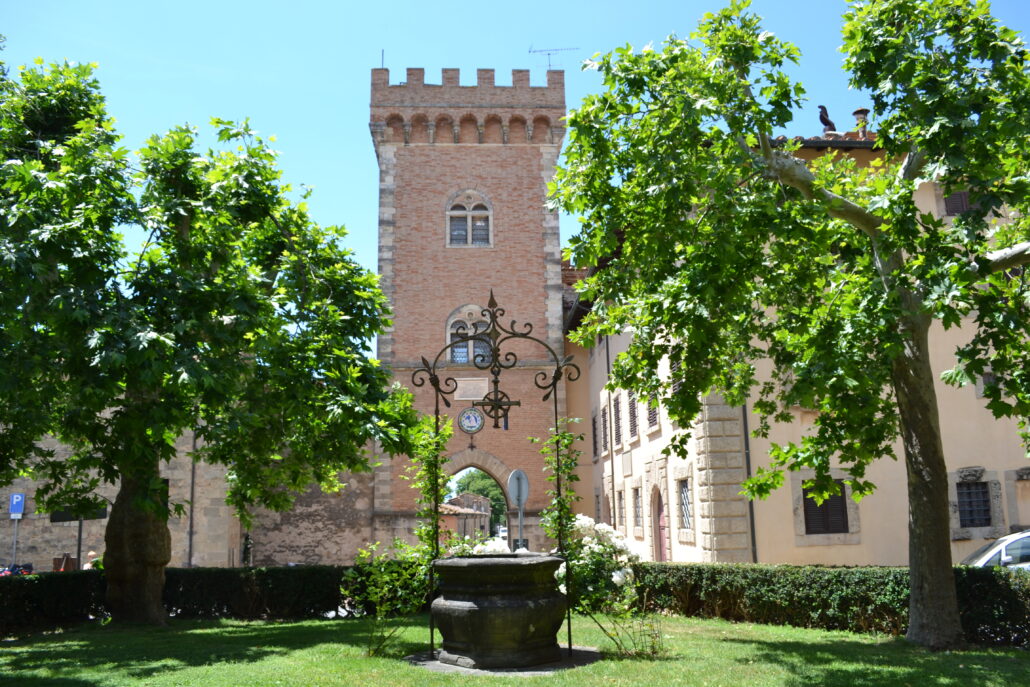
Maremma & Scansano: Rising Stars in Southern Tuscany
Further south, Maremma offers raw beauty—and Scansano hides its own gem, Morellino di Scansano, a softer, fruit-forward Sangiovese that sings of sun-soaked vineyards and volcanic soil. Here, the pace slows. Tasting rooms often feel more like home than boutique cellar, and conversations are as rich as the olive oil drizzled on fresh bread.
The region’s rustic magic shows in its warm nights, earthy landscapes, and dedication to biodynamics and sustainability. Morellino sparkles with cherry, spice, and pepper—fresh, expressive, and approachable. There are also whites like Vermentino, and red blends that reveal experimental hearts.
For travelers chasing authenticity, Maremma is a treasure: untamed, hospitable, and brimming with organic pride.
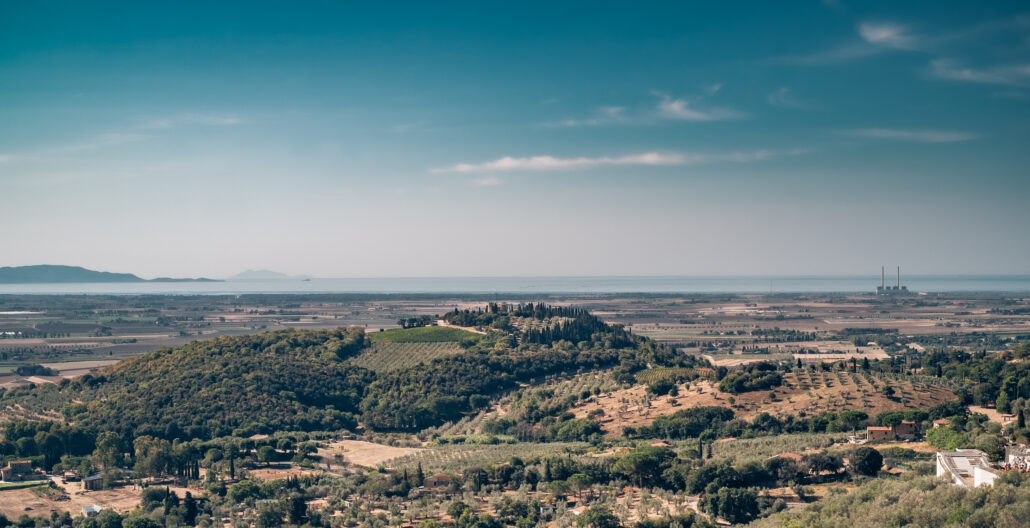
San Gimignano: White Wine in a Towered Town
Rising from the Tuscan hills like a medieval mirage, San Gimignano captivates with its skyline of ancient stone towers—earning its status as a UNESCO World Heritage site and one of the most visually striking towns in Italy. But beyond the postcard-perfect scenery, this historic enclave holds another treasure: Vernaccia di San Gimignano, Tuscany’s most celebrated white wine.
Praised in historical texts as early as the Middle Ages, Vernaccia is one of Italy’s few white wines awarded DOCG status. It’s known for its crisp acidity, mineral backbone, and a touch of almond bitterness on the finish. Made from vineyards that often cling to the steep slopes just outside the city walls, the wine expresses its terroir with finesse—revealing notes of citrus, white flowers, and herbs, particularly when produced from older vines or aged briefly in oak.
Walking through San Gimignano feels like stepping into another century, where cobbled alleys lead to panoramic terraces and every turn offers a new view of the surrounding countryside. Tastings here are best enjoyed slowly—perhaps on a sun-drenched patio overlooking the hills, with a glass of Vernaccia paired alongside local saffron risotto, pecorino cheese, or truffle-infused pasta.
San Gimignano blends architectural grandeur, culinary excellence, and winemaking heritage with a cinematic charm. For white wine lovers and history enthusiasts alike, it stands as one of the most unique and enchanting wine towns in Tuscany.
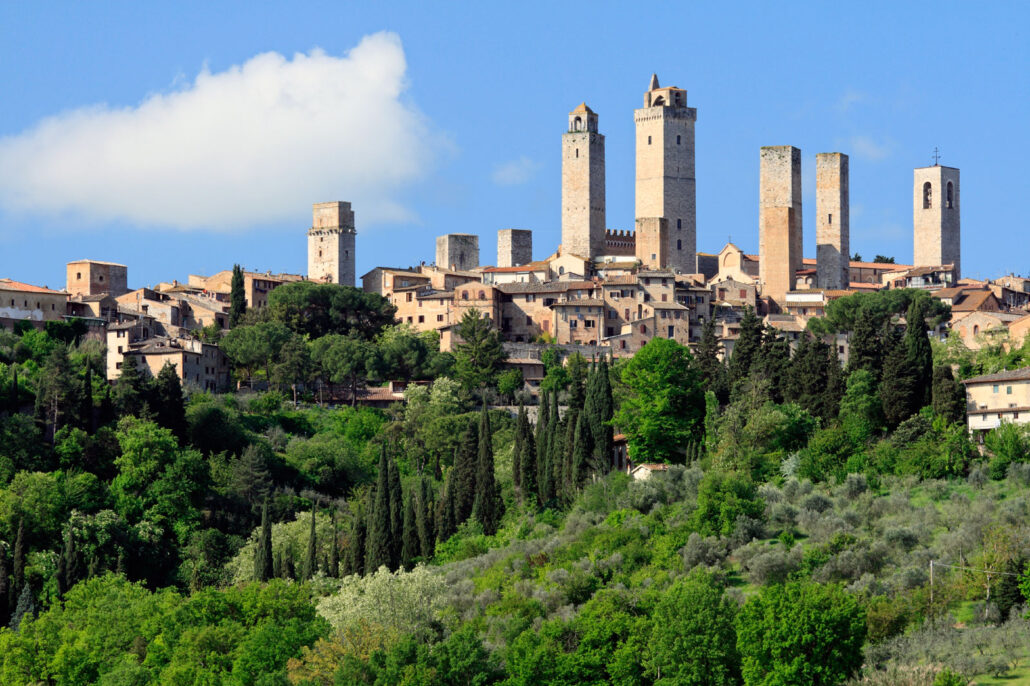
Pienza: Scenic Serenity and Gourmet Pairings
Tucked in the dreamy Val d’Orcia, Pienza was envisioned as the “ideal city” and stands today as a Renaissance marvel. Though not a major wine town, its surrounding farmsteads spin gold from Sangiovese blends and biodynamic whites, all cooled by the region’s crisp air.
Here, wine tastings pair beautifully with pecorino cheese, freshly milled olive oil, and panoramic sunrises. Wineries are small, often family-run, and committed to showcasing the land’s purity. It’s a place to linger—tasting, savoring, and absorbing the gentle rhythms of Tuscan life.
Pienza is for travelers who want to taste provenance, craftsman’s pride, and landscape perfection all in one leisurely visit.
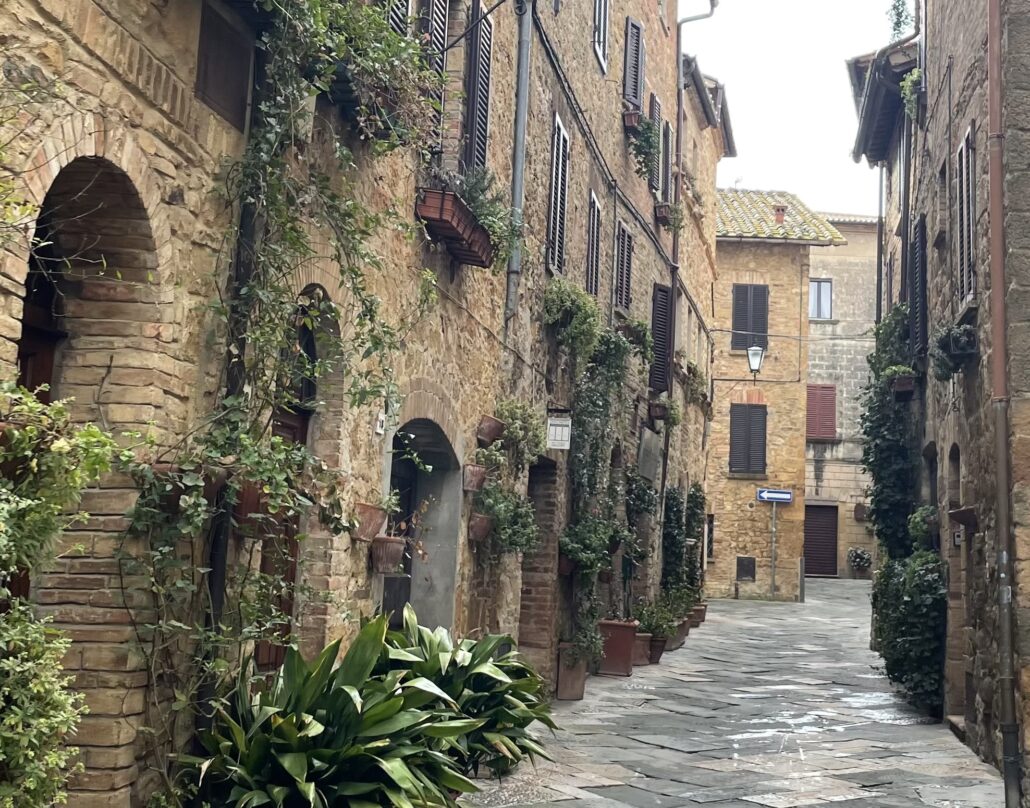
Siena: Wine Culture Meets Medieval Majesty
Though not a vineyard town itself, Siena is a wine lover’s gateway to the region. The city is filled with wine bars, enotecas, and gourmet restaurants where you can sample top wines from nearby areas like Chianti, Montepulciano, and Montalcino.
From its shell-shaped Piazza del Campo to the striped marble of its cathedral, Siena offers one of the most dramatic settings in Tuscany. Join a curated wine tour or take a cooking class with wine pairings to fully immerse yourself. While you may not find rows of vineyards in the city, Siena embodies the cultural and culinary spirit that defines Tuscan wine country.
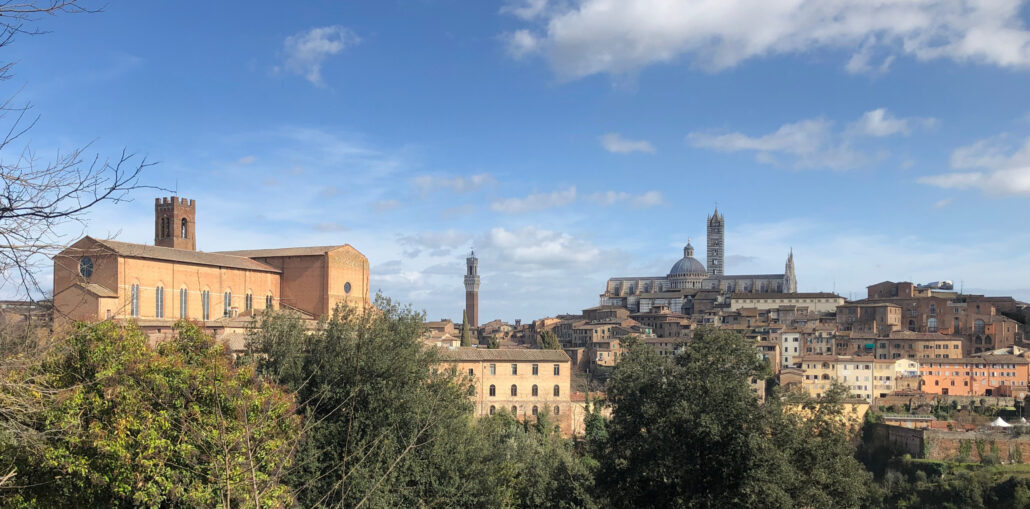
Conclusion: Your Journey Through the Best Wine Towns in Tuscany
Tuscany’s wine towns are as diverse and enchanting as the wines they produce. Whether you’re seeking bold reds, refreshing whites, or simply the most picturesque towns in Italy, Tuscany delivers on all fronts. From the historic hills of Chianti to the innovative cellars of Bolgheri and the serene beauty of Pienza, every corner offers something unique.
When planning your next Italian adventure, make room for these best wine towns in Tuscany. Each one offers a blend of tradition, terroir, and timeless beauty that transforms a simple wine tour into a once-in-a-lifetime experience.
FAQs: Best Wine Towns in Tuscany
What is the best wine area in Tuscany?
Chianti is widely considered the best wine area in Tuscany due to its historic significance, DOCG status, and accessibility. However, areas like Montalcino and Bolgheri are top contenders for quality and prestige.
What is the wine capital of Tuscany?
Chianti is often regarded as the wine capital of Tuscany, especially the towns within the Chianti Classico region such as Greve and Radda. Siena also serves as a wine capital in terms of culture and logistics.
What is the prettiest town in Tuscany to visit for wine?
San Gimignano is known for its towers and white wine, while Montepulciano and Montalcino combine beautiful architecture with world-class reds. Pienza offers unmatched views and gourmet charm.
Can I do a wine tour from Florence?
Yes, Florence is an ideal base for day trips to Chianti, San Gimignano, and even Bolgheri. Many tours include transportation, tastings, and lunch at local wineries.
Is Tuscany good for white wine lovers?
While Tuscany is best known for red wines, Vernaccia di San Gimignano and Vermentino from Maremma are excellent white options worth exploring.


